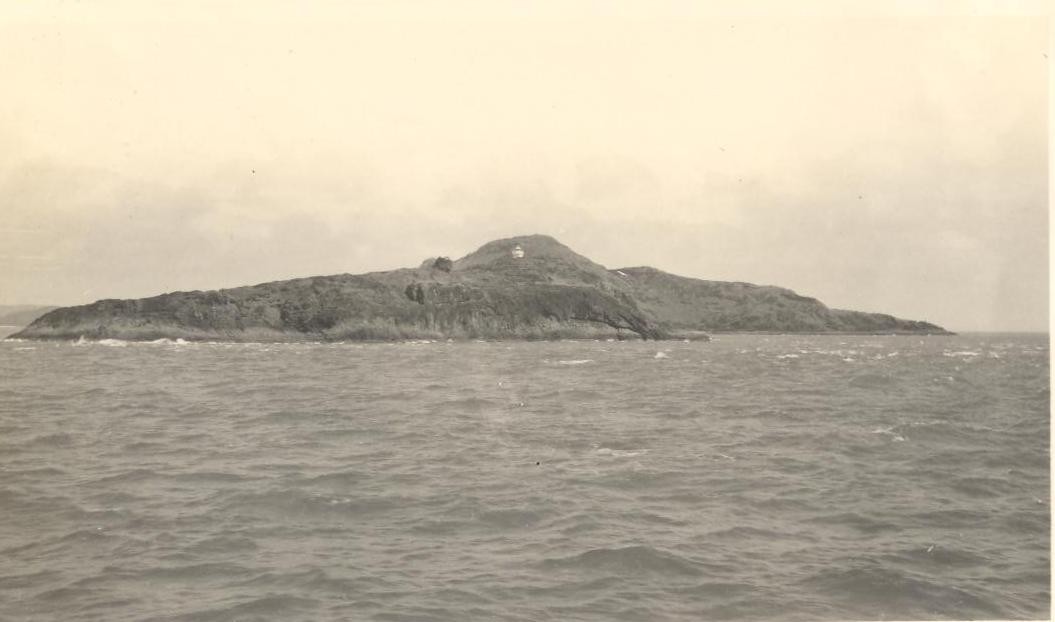The Eborac Island Lighthouse is located on the small and isolated Eborac Island in the Adolphus Channel, in the south-east portion of the Torres Strait. As with other lighthouses around the Queensland and Australian coastlines, its purpose is to guide ships and other vessels into the coastal channel which runs inside the Great Barrier Reef. After the need for a lighthouse in this location was agreed, the original structure was constructed in 1921, but was later converted to solar power, in 1990, after nearly seventy years of operation.
The voyage through the Torres Strait and down the inner route had the major advantage of being undertaken through largely smooth water with the dangerous swells of the Pacific broken by the reef. However, the Adolphus Channel could also be very dangerous as shown by the various shipping mishaps that occurred. The worst of these was the tragic sinking of the Quetta, with a resultant great loss of life. This event, along with the acknowledged dangers of the route, would have dramatically raised the need for this lighthouse and was no doubt in the minds of the authorities who approved its construction.
The lighthouse’s structure is of square concrete construction and is around six metres in height. Eborac Island itself is approximately six hectares in area, with its name said to be based on the Latin word for the City of York in England.

This photograph, taken in 1935, shows the small lighthouse perched on the rather barren and imposing Eborac Island headland.
Eborac Island and its lighthouse are also widely acknowledged as marking the northernmost part of the mainland of Australia, with the island and its light clearly visible from Cape York.
Brian Randall - Queensland Places Coordinator, State Library of Queensland
Comments
Your email address will not be published.
We welcome relevant, respectful comments.